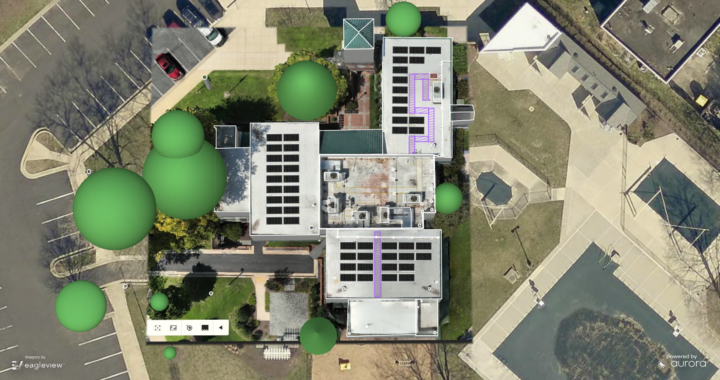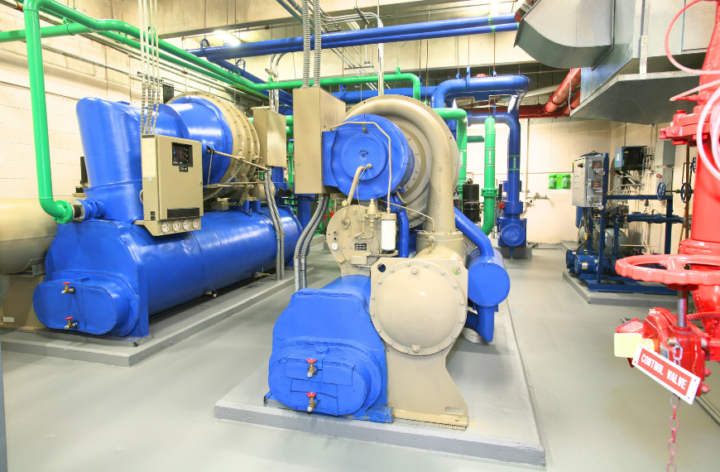Welcome, dear readers, to an exploration of the profound implications of Artificial Intelligence (AI) in revolutionizing Energy Management Systems (EMS). In this piece, I aim to delve into the critical capabilities of AI, shedding light on how it can reshape the landscape of energy management. We will discuss its power to target demand response with precision, seamlessly incorporate existing sensors, and shift our approach from reactive to proactive. Brace yourselves for a profound journey into the world of AI in EMS and its tremendous potential to deliver energy savings on a significant scale.
Targeting Demand Response
The integration of AI into EMS has bestowed upon us the ability to target demand response with unparalleled accuracy. By leveraging extensive data analysis from diverse sources, AI algorithms can anticipate fluctuations in energy demand and orchestrate supply accordingly. This proactive approach not only mitigates unnecessary energy wastage but also optimizes grid stability and cost efficiency.
Imagine an AI-powered EMS that detects an imminent heatwave in a specific region. By leveraging historical weather patterns, consumption data, and real-time information, the system can anticipate an increased demand for cooling. It can automatically adjust air conditioning schedules, optimize energy usage, and effectively communicate with consumers, encouraging conservation. Through targeted demand response, AI-driven EMS significantly alleviates strain on the grid during peak hours, leading to substantial energy savings and enhanced sustainability.
Incorporating Existing Sensors
One of the remarkable advantages of AI-driven EMS lies in its seamless integration with existing sensor networks, offering a cost-effective solution for energy management. By tapping into the troves of data collected by sensors embedded in buildings, machinery, and infrastructure, AI algorithms can detect energy inefficiencies, equipment malfunctions, and even predict maintenance requirements. This invaluable insight empowers facility managers to take prompt action, resulting in substantial energy savings and improved operational efficiency.
Let us consider a scenario where an AI-powered EMS interfaces seamlessly with a large commercial building’s sensor network. The AI algorithms continuously monitor occupancy patterns, lighting conditions, and HVAC system performance. By analyzing this data, the system identifies areas where lights are needlessly left on, rooms that are persistently underutilized, and potential faults in the HVAC system. Armed with this knowledge, the EMS can automatically adjust lighting and temperature settings, optimizing energy usage based on real-time occupancy and environmental conditions. The outcome is significant energy savings without compromising occupants’ comfort or impeding productivity.
Shifting from Reactive to Proactive
Historically, energy management systems have operated reactively, responding to events as they occur. However, with the infusion of AI, EMS can transcend this reactive mode and adopt a proactive stance. By scrutinizing historical data, weather patterns, consumption trends, and other relevant factors, AI algorithms generate accurate forecasts, empowering informed decisions to optimize energy usage.
Let us examine the case of a utility company employing an AI-driven EMS for its power distribution network. By leveraging historical data on energy consumption patterns, weather forecasts, and market prices, the EMS can forecast peak demand periods and potential supply constraints. Equipped with this foresight, the utility company can proactively adjust supply, schedule maintenance, and communicate with consumers to encourage energy conservation during peak hours. This proactive approach ensures grid stability, diminishes the need for costly emergency measures, and ultimately results in substantial energy savings.
Conclusion
The integration of AI into Energy Management Systems represents a watershed moment, propelling us towards a future where energy efficiency and sustainability reign supreme. Through targeted demand response, seamless incorporation of existing sensors, and a proactive approach, AI-powered EMS is poised to transform the landscape of energy management. As we contemplate the immense potential of AI in the realm of energy management, we must recognize the responsibility it bestows upon us.









